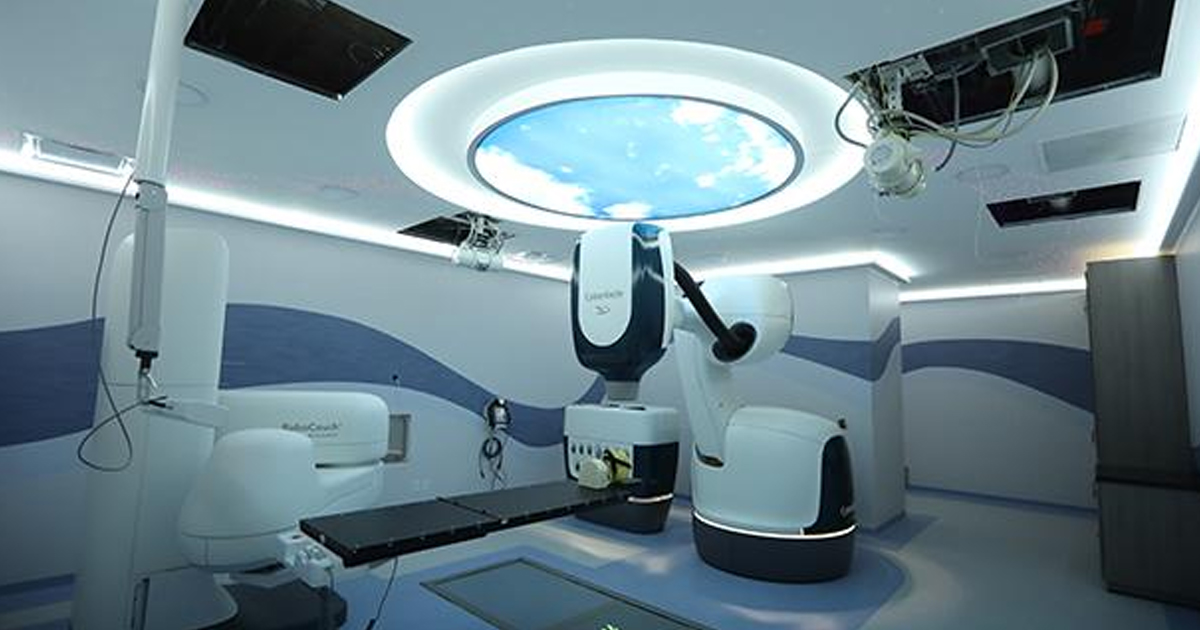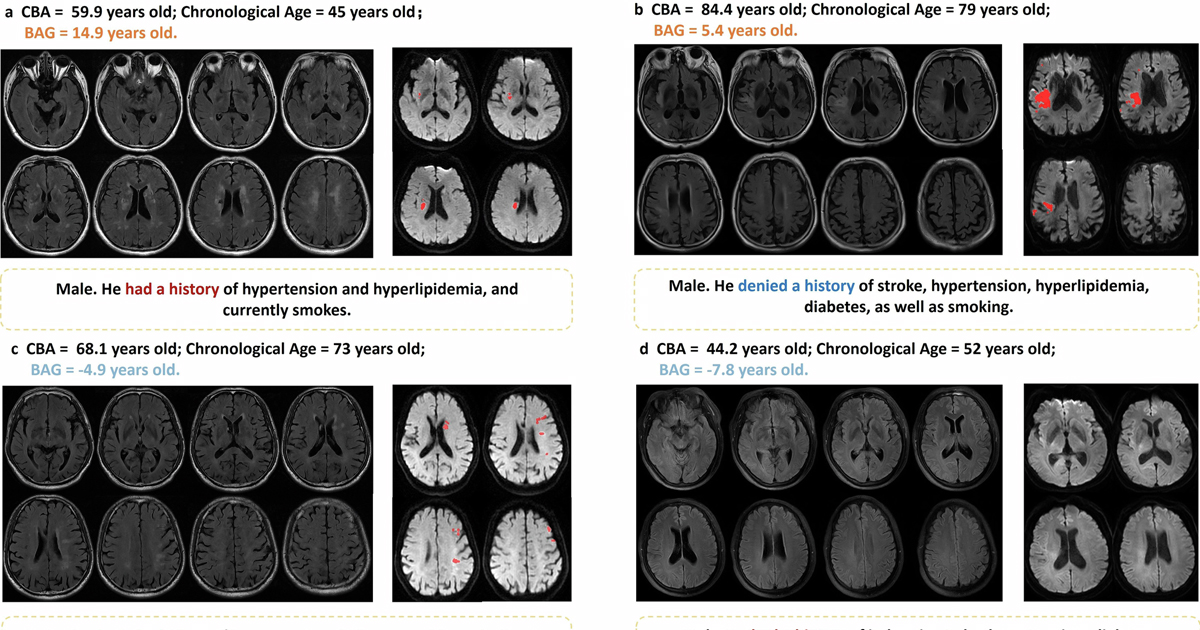La Universidad de Standford, junto con Rock Health, elaboraron un reporte donde se muestran resultados relacionados al uso de la Digital Health y las plataformas digitales en la toma de decisiones para los servicios y sistemas de salud pública.
Las nuevas Tecnologías de la Información y la Comunicación (TIC) han renovado la manera en la que funcionan los servicios de salud pública con el objetivo de fortalecer la calidad de sus resultados.
Por esta razón, la Universidad de Stanford recabó datos que informan el comportamiento de las personas y los especialistas médicos ante los sistemas elaborados para el ejercicio de la Digital Health.
El resumen de los resultados muestra que la relación médico-paciente se revoluciona con la interacción generada a través de las plataformas digitales que permiten consultas a distancia gracias a la telemedicine.
También se ratifica el uso de la red de internet para conectarse vía online y obtener información de cualquier situación que pueda dar pie a reforzar los tratamientos y, así, el paciente pueda también formar parte activa del proceso y tener el control sobre su propia salud.
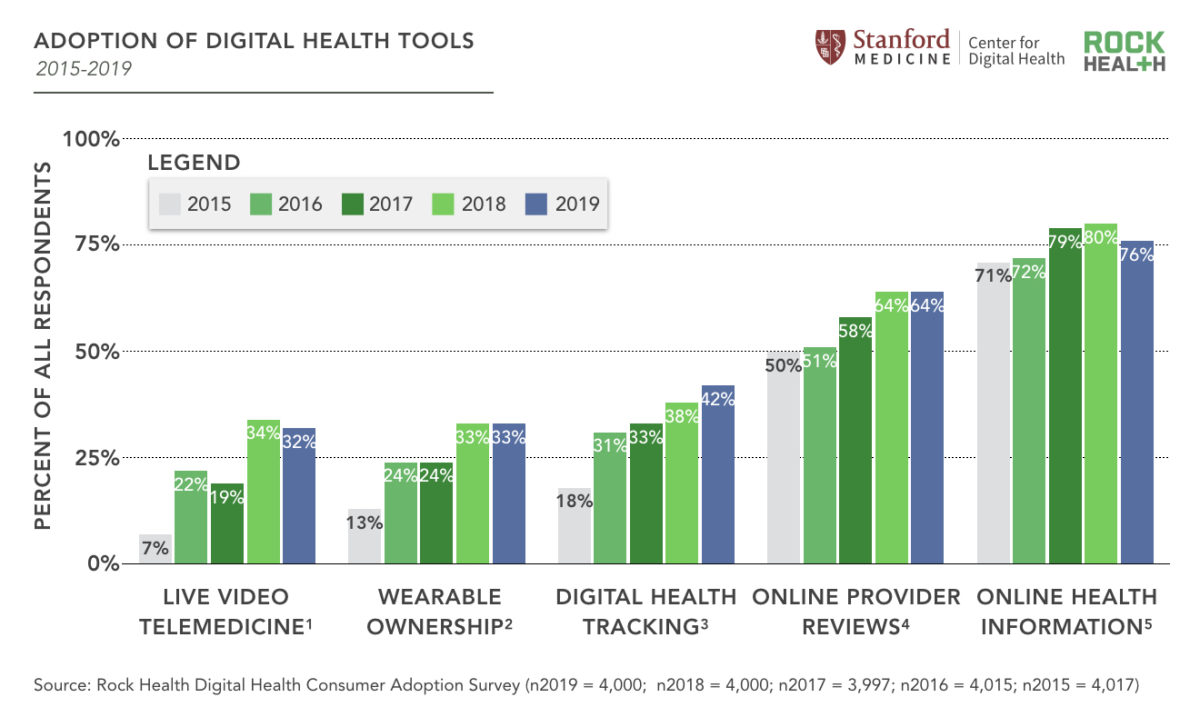
Las cifras totales, resultado de una muestra selecta de personas para sacar las estadísticas, remarcaron que el 32% de los usuarios utilizan la telemedicine como alternativa para consultas directas y, que cada año va incrementando en un 7% esta tendencia.
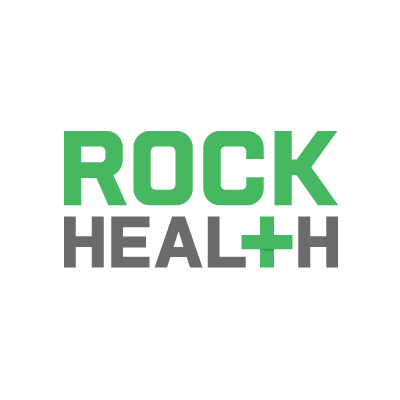
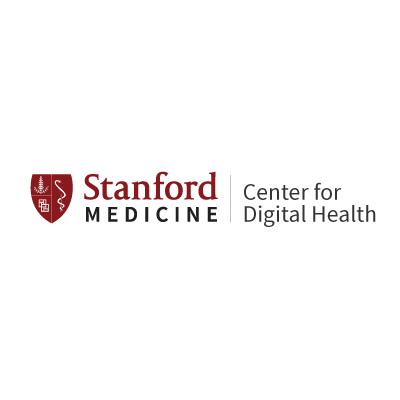
En total, el 76% de la muestra total, ocupa las herramientas digitales para consultar información médica y poder orientarse sobre cómo deben seguir cuidándose.
Otro tema se encuentra en el manejo e intercambio de información clínica, en el que el 73% de la gente comparte sus datos para integrar su historial clínico de una manera digital.
En comparación con el 33% de personas que sólo usan dispositivos electrónicos portátiles para monitorear su salud, está el 42% de usuarios que prefieren los sistemas robustos de operación instantánea incluidos dentro de cada centro de salud o institución pública.
Tanto pueden existir ventajas dadas por las nuevas tecnologías, como también puede haber riesgos de errores en la información médica que los dispositivos importan, pues al ser programaciones diseñadas, existe la posibilidad de algún ajuste mal modificado que altere de cierta medida la funcionalidad general de todo el sistema.
That is why there is a contrast with 10% of people who decide not to use this facility because of distrust.
La existencia de reportes como estos, son un recurso que determina las tendencias actuales para tomar decisiones en torno a soluciones sobre infraestructura que puedan mejorar el avance de la Digital Health y sus herramientas.
ROCKHEALTH
https://rockhealth.com/reports/digital-health-consumer-adoption-report-2019/
MOBIHEALTH NEWS
OXFORD UNIVERSITY PRESS
https://academic.oup.com/jamia/advance-article/doi/10.1093/jamia/ocz175/5585394





